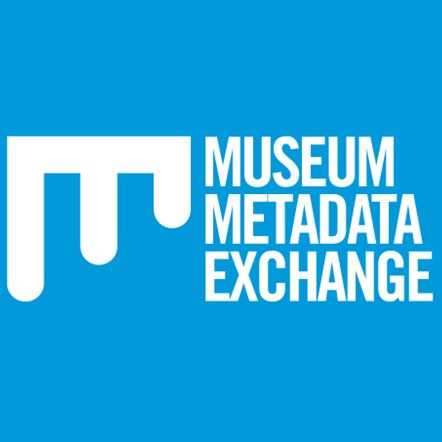Brief description
This collection contains artefacts from the wreck of the Vergulde Draak which was lost in 1653. Artefacts include beard-man jugs, clay tobacco pipes (including a box of complete pipes), bronze and brass utensils, tools, accessories, glass bottles, various armaments, over 8 000 bricks from the Netherlands (presumably used as paying ballast on the ship) and over 8 500 silver coins, mostly Spanish reales.Full description
On 4 October 1655, Vergulde Draak of the Amsterdam Chamber of the Dutch Verenigde Oostindische Compagnie or United East India Company (VOC) set sail from Texel, on what was to be its second and final voyage to Batavia (modern Jakarta) in the East Indies. The jacht Vergulde Draak carried a cargo of trade goods worth 106 400 florins, together with eight chests of silver coin worth 78 600 florins. The Amsterdam Chamber purchased the vessel in 1653 for trade, its first voyage being between Holland and the East Indies. The crew and consignment consisted of 193 men, a cargo of trade goods and eight chests of silver coin. Following Brouwer's route, the vessel made use of trade winds before making a northward turn to the East Indies. The vessel was lost on 28 April 1656 on a reef off the coast of Western Australia, north of Yanchep, near Ledge Point. The vessel began to break up immediately and two of the ship's boats were launched. Subsequently, a boat was dispatched to Batavia to get help. Arriving on 7 June they reported that 75 people of the 193 people on board had reached the shore and that the ship's boat had been driven ashore and damaged. Several vessels were dispatched to try and find the survivors but no one was ever found. The site was discovered in 1963; it was looted and damaged. A group of the original finders approached the Western Australian Government suggesting that they transfer their rights as finders of the site to the Government on the condition that the site was protected under legislation. This was completed in late 1963 and the Department of Maritime Archaeology was called in to assess and excavate the site in 1971. The Department's first major excavation took place in 1972. Over several months a very large collection of artefacts was systematically excavated from the site. Finds included beard-man jugs, clay tobacco pipes (including a box of complete pipes), bronze and brass utensils, tools, accessories, glass bottles, various armaments, over 8 000 bricks from the Netherlands (presumably used as paying ballast on the ship) and over 8 500 silver coins, mostly Spanish reales. The 1972 field-work was the first major underwater archaeological excavation undertaken.Data time period: 1653 to 1656
Spatial Coverage And Location
text: Amsterdam
text: Batavia (Jakarta)
text: East Indies
text: Yanchep, Western Australia
Subjects
Artefacts |
Department of Maritime Archaeology |
Dutch East India Company |
Dutch Shipwreck |
Dutch Verenigde Oostindische Compagnie |
Gilt Dragon |
Marine archaeology |
Money |
United East India Company (VOC) |
VOC |
Verenigde Oostindische Compagnie |
Vergulde Draak |
Vergulde Draeck |
coins |
maritime archaeology |
maritime history |
ships |
shipwreck artefacts |
shipwrecks |
vessels (watercraft) |
water transport |
watercraft |
User Contributed Tags
Login to tag this record with meaningful keywords to make it easier to discover
Identifiers


